News
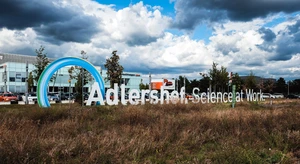
Berlin Adlershof: Facts and figures
Berlin Adlershof is Germany’s largest and most successful Science and Technology Park as well as Berlin’s largest media location—embedded in an overall urban development concept. Spanning an area of 4.6 km², the park…
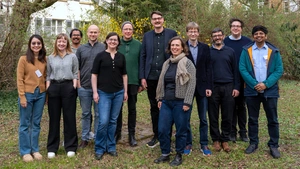
Initiative launched for better use of data in the energy sector
OEO Foundry aims to make energy research more efficient, transparent and sustainable:
At the end of March, representatives of the Reiner Lemoine Institute (RLI) of the Universities of Osnabrück and Oldenburg as well as the affiliated institute OFFIS – Institute of Computer Science founded the Open…

FBH leads European diode-pumped laser efforts
EuPRAXIA selects second laser-driven accelerator site:
The EuPRAXIA consortium has selected ELI Beamlines at ELI ERIC in the Czech Republic as the site for its laser-driven second plasma-accelerator pillar. This decision marks a major milestone in the consortium’s journey…
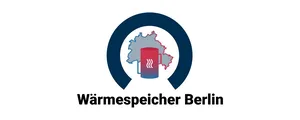
Heat storage for a climate-neutral Berlin
RLI project shows potential for better use of waste heat and renewable energy:
Berlin must make its heat supply climate-neutral – this is what the Heat Planning Act stipulates. Heat storage systems play a central role in this. This shows a joint project by the Reiner Lemoine Institute (RLI), the…
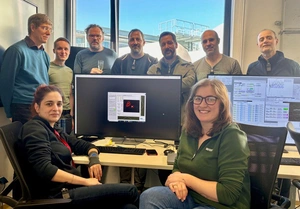
Breakthrough: First electron beam in SEALab advances accelerator physics
HZB team generates and accelerates an electron beam from a multi-alkali photocathode:
The SEALab team at HZB has achieved a world first by generating an electron beam from a multi-alkali (Na-K-Sb) photocathode and accelerating it to relativistic energies in a superconducting radiofrequency accelerator…

Optical innovations for solar modules – which are the most promising?
Experts provide a comprehensive overview of the state of solar research:
In 2023, photovoltaic systems generated more than 5% of the world’s electrical energy and the installed capacity doubles every two to three years. Optical technologies can further increase the efficiency of solar…
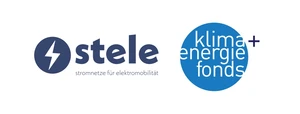
STELE supports electromobility and the electricity grid in Austria
The platform for networking stakeholders ensures faster results in the expansion of charging infrastructure:
With more and more battery-electric trucks and buses on Austria’s roads, the need for charging infrastructure and the demands on the electricity grid are increasing. To support this ramp-up of e-mobility, the Reiner…

Efficient soil analysis – high-tech for sustainable agriculture
Mobile sensor platform from Leibniz Institutes ATB and FBH can precisely detect the composition of soil on the move:
Precise information about agricultural soils is key to managing them more efficiently and sustainably. Researchers at the Leibniz institutes FBH and ATB have recently enhanced an existing sensor platform for mobile…

Catalysis research with the X-ray microscope at BESSY II
Scientists studied changes in catalysts during the synthesis of ammonia from waste nitrates:
Contrary to what we learned at school, some catalysts do change during the reaction: for example, certain electrocatalysts can change their structure and composition during the reaction when an electric field is…
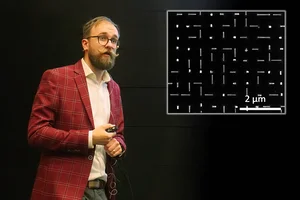
Owen C. Ernst awarded the DGKK Young Scientist Prize 2025
IKZ graduate honoured by the German association for crystal growth DGKK:
This year, the Deutsche Gesellschaft für Kristallzüchtung und Kristallwachstum e.V. (DGKK) awards IKZ graduate Dr. Owen C. Ernst with the Young Scientist Award, endowed with 2500 €, for his outstanding scientific…
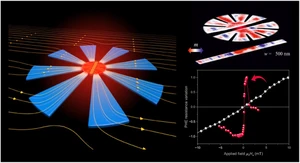
Magnetic ‘microflowers’ enhance magnetic fields locally
Flower-shaped microstructures offer amazing potential for a wide range of applications:
A flower-shaped structure only a few micrometres in size made of a nickel-iron alloy can concentrate and locally enhance magnetic fields. The size of the effect can be controlled by varying the geometry and number of…
The future of energy: recommendations from science to politics
Helmholtz-Zentrum Berlin involved in drafting position papers on energy and materials research and circular economy:
Experts from HZB have contributed their expertise to the position papers briefly presented here. The topics include the development of innovative materials for a sustainable energy supply and the circular economy.…
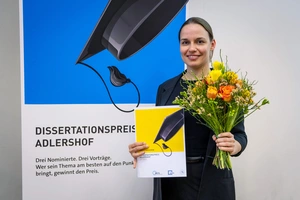
Dr Kristin Klaue receives 2024 Adlershof Dissertation Award
The chemist lays the foundation for targeted, light-based medicine with photoswitchable molecules:
On 20 March 2025, the Adlershof Dissertation Award was granted for the 23rd time in a row. Dr Kristin Klaue received the 3,000 euro prize, which is donated and organised annually by the research network IGAFA e. V.,…
Agreement on EUV reflectometry between PTB and ZEISS extended until the end of 2029
Cooperation strengthens the European technology network:
PTB's laboratory for metrology with synchrotron radiation in Berlin-Adlershof is an important node in the network of European research infrastructure that has helped to enable the monopoly position of European…
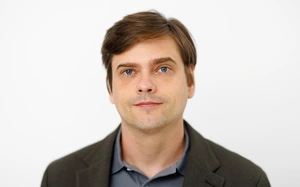
New Young Investigator Group funded by BMBF at HZB
The physicist Dr Artem Musiienko aims to significantly accelerate the development of tin-based perovskite solar cells:
In the COMET-PV project, Dr Artem Musiienko aims to significantly accelerate the development of perovskite solar cells. He is using robotics and AI to analyse the many variations in the material composition of…
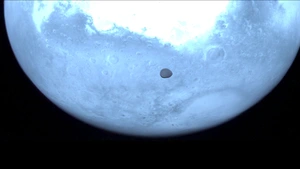
Hera space probe photographs Mars during flyby
The ESA mission is on its way to the Didymos asteroid system:
On 12 March 2025, the European Space Agency (ESA) Hera space probe conducted a flyby of Mars. This event marks a significant milestone on Hera's journey to the Didymos asteroid system, where researchers aim to gain…
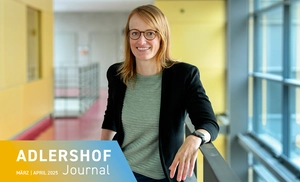
skills4chips—The talent factory for a future industry
The Microtec Academy will be expanded to form a national educational academy for microelectronics and microsystems technology:
Microelectronics has long been an essential part of our lives. Countless small and large everyday devices have a beating heart made of silicon and other semiconductors. And while Germany plays a leading role in…
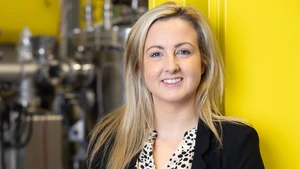
Dr. Michelle Browne receives Daimler and Benz Foundation Fellowship
At HZB, she is developing better catalysts for the production of green hydrogen:
Michelle Browne heads a Helmholtz Young Investigators Group on electrocatalysis at HZB. She has now been selected as a fellow of the Daimler and Benz Foundation. She will receive 40,000 euros over the next two years…
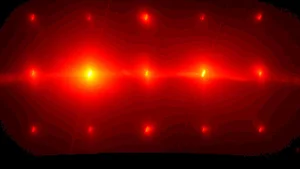
Artificial twisted-crystalline structures created at the IKZ
Novel complex crystal structures expand the possibilities of modern materials science:
Novel complex crystal structures beyond what could be grown with traditional methods can be created using layer transfer. This applies in particular to twisted crystalline oxide structures. The microscopic structure…
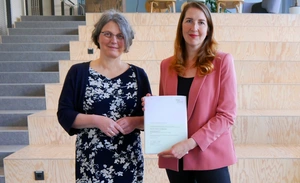
Dr Kathrin Goldammer becomes professor at the Berlin School of Economics and Technology
From summer semester 2025, the Managing Director of the Reiner Lemoine Institute will become a professor at the HTW Faculty Engineering – Energy and Information:
Dr. Kathrin Goldammer complements the Bachelor’s and Master’s degree programs in Renewable Energy with many years of practical experience in the energy industry and expertise in applied energy research. Goldammer has…